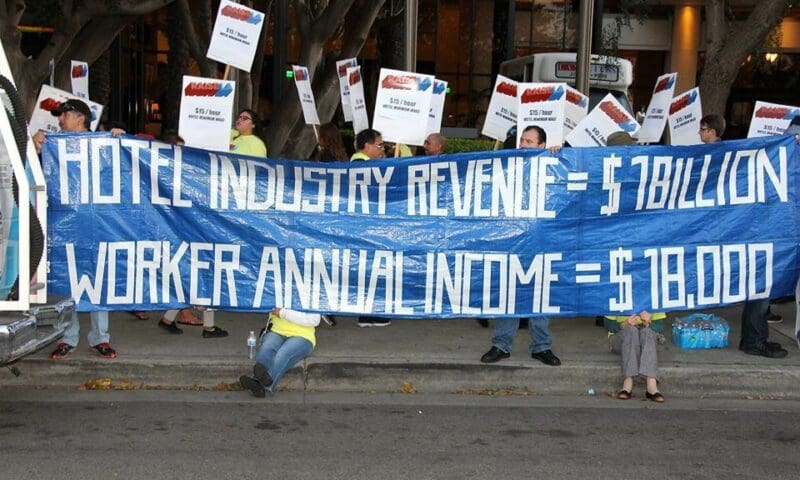
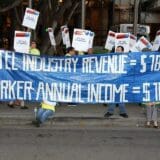
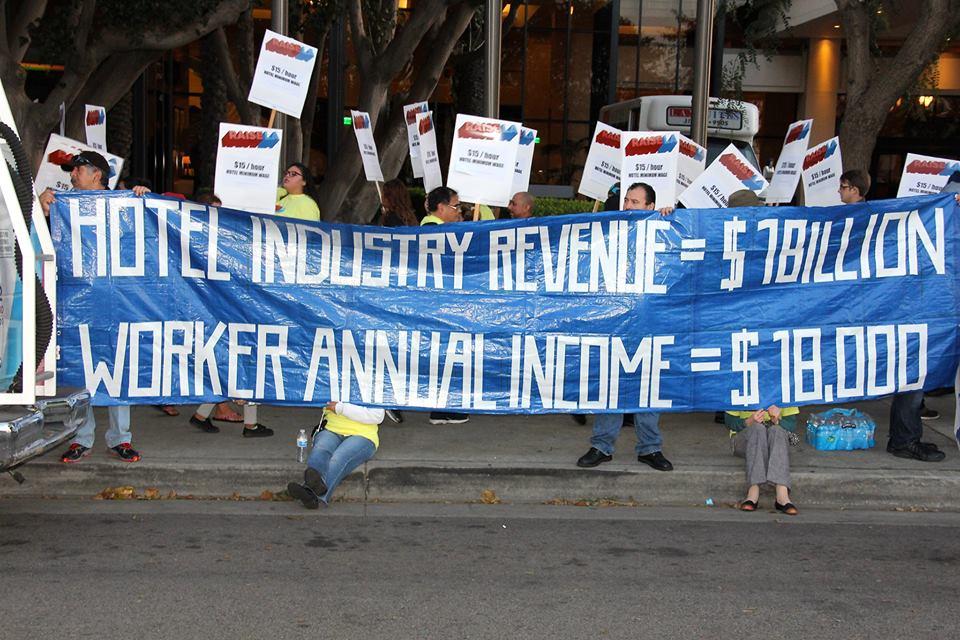
When asked by the Los Angeles Times to explain the movement to raise the minimum wage for the city’s hotel workers, one worker said, “At $15 [an hour], we can make it. We can live just a little bit better, not drowning all the time.”
It’s no surprise that hotel workers would be in favor of having raising their hourly minimum wage raised from $9 to $15.37, as is currently being proposed. Nor is it surprising that they’ve found support from the extensive network of liberal organizations and labor unions in the L.A. area. Less predictably, however, many members of L.A.’s business community, ranging from 750 small business owners to shopping mall developers Rick Caruso and the Westfield Group, have endorsed the proposed legislation as well.
In a letter to Councilmember Mike Bonin, Westfield co-CEO Peter Lowy indicated his organization’s support for such a measure. Lowy described Westfield’s experience with the living wage requirements currently in place at Los Angeles International Airport and said that “the continued growth and prosperity of this City is vital not only to [Westfield’s] centers,
» Read more about: L.A. Hotel Workers Move Closer to $15.37 Hourly Minimum Wage »


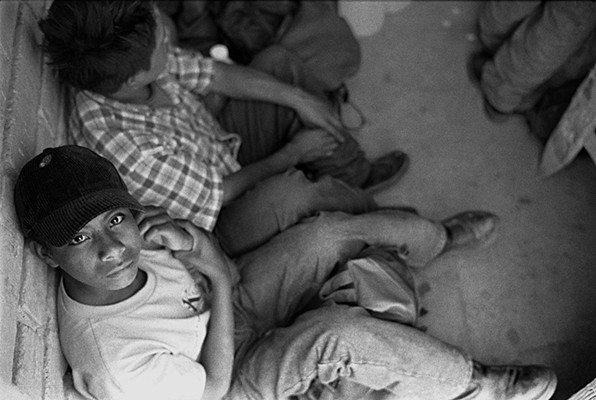

Isabel Mejia was 17 years old when she arrived in the United States from El Salvador, having fled her home country for reasons even the most hardened immigration opponent might have trouble dismissing. Some local gang members had decided to conscript her as the “gang’s girlfriend” — to force her into a life of sexual slavery. At home, the situation was no better: She had been a victim of domestic sexual violence. Faced with rape, death or flight, she chose to flee.
Today, Isabel (not her real name), now 18, lives in a small apartment in Southern California with her aunt. Her respite is only temporary. After crossing over the Mexican border into Texas, she had been captured by Border Patrol agents and held in a Houston detention facility before being released into her aunt’s care. Some time in the next few months, she will go before an immigration judge and, with the assistance of a pro bono attorney,



As a nation we often talk about the importance of educating our children, but sometimes we talk the talk more than we walk the walk. In Michigan, a year-long investigation conducted by the Detroit Free Press showed that Michigan taxpayers pour nearly $1 billion a year into charter schools but fail to hold the schools accountable.
The investigation found that the lack of oversight allowed charter schools to cheat students out of a good education. The Free Press found “wasteful spending, conflicts of interest, poor performing schools and a failure to close the worst of the worst.”
In Michigan, specifically, the Free Press reports:


I wasn’t sure what to expect when arriving in Detroit, Michigan Wednesday. The city is heavy with symbolism in the American imagination – everything from Motor City and Motown to Broken Dreams and Bankruptcy. A recent article called Detroit “a mixed picture of hope and desolation.” Which side would reveal itself to me?
I craned my neck as the taxi cab sped along a highway. At first, I saw nothing special: clouds low and gray in the sky, SUVs on the road, overpasses and underpasses, and the occasional warehouse or big-box store.
And then I saw them: large, four- or five-bedroom, brick or wood houses alongside the highway. Every house was boarded up, caving in, spray-painted, overgrown with vines, or blackened with fire scars. The cab driver spoke angrily. “See those homes? It’s not safe there — looting and shooting. Do you see those homes?”
I did see them.
» Read more about: Coming Home to Detroit for Netroots Nation »



When Los Angeles Superior Court Judge Rolf Treu struck down the tenure rights of the state’s public school teachers last month in Vergara v. California, his decision was hailed by Theodore J. Boutrous Jr., lead attorney for the plaintiffs, as “a terrific, wonderful day for California students and for the California education system.”
The lawsuit, which had been brought on behalf of nine California schoolchildren, argued that the retention of “grossly ineffective” teachers through five due-process statutes violated the students’ civil rights.
The suit and its accompanying public relations blitz had been bought and paid for by Silicon Valley entrepreneur David Welch under the umbrella of Students Matter, Welch’s personal Menlo Park education reform nonprofit. Welch made his fortune designing large-capacity fiber optic transmission systems for the global service-provider market.
“I have not devoted my career to education policy,” Welch admitted when launching the Vergara campaign last summer,
» Read more about: Bonanza! Silicon Valley Sees Gold in Corporate-Driven School Reforms »
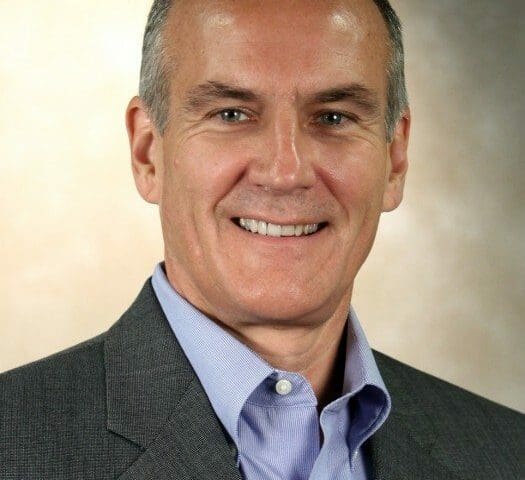
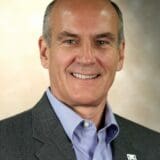
With his pressed jeans, vegan diet and runner’s frame, Jeff Farmer could be a high-tech entrepreneur. But his heart is with low-wage parking attendants, taxi drivers and truckers instead of corporate profits.
As the International Brotherhood of Teamsters’ national organizing director, Farmer doesn’t mind that his union has a reputation for being the biggest and baddest kid on the block. Farmer says that when workers organize they want to know they have an even chance to win against the abuses of some of the biggest international companies out there. With a good strategic organizing plan and by bringing the right people together, Farmer feels they can. Fresh from a five-day trucker strike at the Port of L.A. that was launched to win basic employee rights, the Teamsters are putting this approach into practice.
True to his roots as an organizer, Farmer believes unions have to be open to new relationships and ways of organizing.



After a long hiatus from the spotlight, the immigration debate has flared up once more. Following an incendiary incident in which anti-immigration protesters in Murrieta, California turned away buses of immigrants heading into a detention center, the issue is now receiving a significant amount of attention.
The protesters were responding to a recent influx of immigrants across the U.S.-Mexico border, specifically near Texas. The majority of these immigrants are powerless women and children who have been displaced due to dire circumstances in Honduras and Guatemala. Border patrols have been rounding up these refugees and transporting them to processing centers where U.S. Immigration and Customs Enforcement (ICE) officials determine their legal statuses. Because most of the facilities in Texas are at maximum capacity, these immigrants are being transported to other processing centers. This most recent surge of migration has become such a major humanitarian issue that President Obama has asked for $3.7 billion dollars to help solve the problem
At first glance the Murrieta episode seemed like a major setback for immigrant-rights supporters,
» Read more about: Immigration Reform: Murrieta and Its Discontents »
One hundred twenty port truck drivers, responding to a mediation initiative from Los Angeles Mayor Eric Garcetti, agreed to end their strike Friday evening and are returning to work today. The Unfair Labor Practice walkout, which had no fixed end date, began June 7 against three harbor trucking companies (Green Fleet Systems, Total Transportation Services Inc. and Pacific 9 Transportation) that port haulers allege commit wage theft, engage in workplace retaliation for union organizing and misclassify their drivers as “independent contractors” rather than company employees.
The five-day strike was unprecedented for its length – and for the bad publicity it splashed on the three companies, which have also been on the losing end of a string of labor court and National Labor Relations Board rulings regarding their treatment of truck drivers. The strike saw the brief shutdown of several marine terminals, an impromptu concert for the strikers by protest rocker Tom Morello and a secondary protest in Manhattan Beach aimed at the Skechers shoe company,
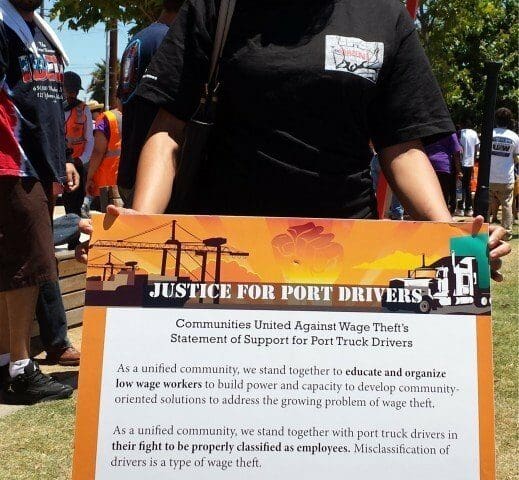


Friday ended an historic chapter in the life of the Los Angeles-Long Beach waterfront as 120 truck drivers toughed out a weeklong Unfair Labor Practice strike. The work stoppage was aimed at three companies (Green Fleet Systems, Total Transportation Services Inc. and Pacific 9 Transportation) that port haulers allege commit wage theft, engage in workplace retaliation for union organizing and misclassify their drivers as “independent contractors” rather than company employees. Such a distinction allows the firms to treat their workers as second-class citizens and to avoid contributing payroll taxes to the state and federal governments.
With no end of the strike in sight, the week nevertheless drew to a close on a celebratory note, as seen in these photographs. A rally attended by the drivers and their supporters was held outside the Terminal Island facility of Yusen Terminals, where a cumbia band, Los Jornaleros del Norte, underscored the crowd’s high spirits.
» Read more about: Scenes From the Port Truck Driver Strike: An Historic Week Ends »